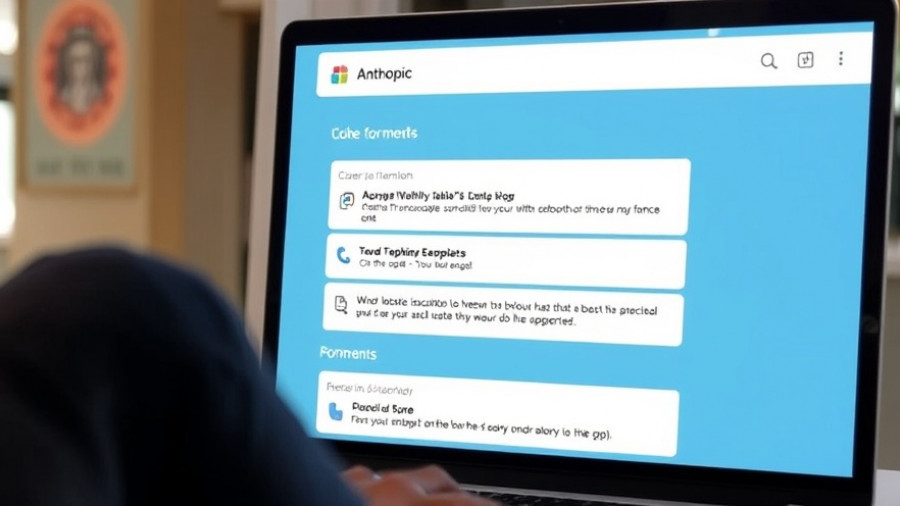
Enhancing Chatbot Interaction: The Role of Formal Language
In an evolving landscape where communication with artificial intelligence (AI) is becoming routine, the implications of language formality in chatbots have surfaced as crucial. Recent studies suggest that speaking to chatbots using more formal language not only boosts the accuracy of responses but also enhances user engagement. This article delves into why the way we interact with chatbots can substantially influence their performance, particularly in understanding user intent and delivering relevant information.
The Findings Behind Language Formality
Researchers Fulei Zhang and Zhou Yu from Amazon conducted a revealing study assessing how conversational styles varied between human agents and chatbots. They discovered that users tended to adopt a more informal and concise communication style when engaging with AI, which ultimately hampered the chatbot's ability to understand and accurately respond to queries.
According to their analysis using the Claude 3.5 Sonnet model, human conversations were statistically more polite and grammatically sophisticated compared to interactions with chatbots. The study highlighted that users experience a shift in linguistic formality, producing messages that are less complex and direct, reflecting a perception of chatbots as less capable compared to human interlocutors.
The Implications of Informality
The tendency to communicate informally with chatbots can be a double-edged sword. While it may seem convenient, this style may lead to a decrease in the chatbot's response accuracy and effectiveness. In a secondary study, the researchers employed a model named Mistral 7B to interpret conversations with chatbots. This model, trained on human-to-human dialogue, struggled to adapt to the nuances of informal chatbot conversations, resulting in a 1.9% drop in accuracy when processing informal communications.
Practical Insights for Better AI Interaction
Emphasizing the importance of language formalities when interacting with chatbots, Noah Giansiracusa from Bentley University noted that the distinction between human and machine interactions should be embraced. “It’s good when people know they are talking with bots and adapt their behavior accordingly,” he explains. This understanding allows users to communicate in ways that align better with the bots' abilities.
To address these communication gaps, designers of chatbot technology should develop systems that analyze user interactions effectively, offering prompts for more formal and structured communication. By educating users on the advantages of formal language in yielding better responses, we can enhance the overall efficiency and satisfaction experienced when using AI chatbots.
Exploring Diverse Perspectives on Communication Styles
While the findings advocate for formal language, it is essential to consider the contexts in which informal styles may be appropriate. For instance, research has indicated that users may feel more comfortable disclosing sensitive information to chatbots that utilize formal language, particularly in health-related inquiries. This aligns with findings from studies examining user engagement and self-disclosure, which suggest users may defer to more professional tones when discussing personal matters.
Conversely, overly formal AI communication can alienate users in casual contexts, where a more relatable tone might elicit better interaction. The challenge lies in striking the right balance tailored to specific interactions and user preferences.
Final Thoughts: The Future of Human-AI Interactions
As we navigate conversations with AI, the opportunity exists to refine how we communicate with bots. By enhancing users' awareness of how language formality can impact chatbot effectiveness, we can take meaningful steps toward improving AI interactions across various domains, from customer service to healthcare.
In summary, incorporating a more formal approach when speaking to chatbots may not merely be a recommendation but rather a necessary evolution in optimizing AI communication. For users, this means adapting their language styles for improved outcomes. For developers, it underscores the importance of creating adaptable systems that perform well across varying communication styles.
 Add Row
Add Row  Add
Add 




Write A Comment